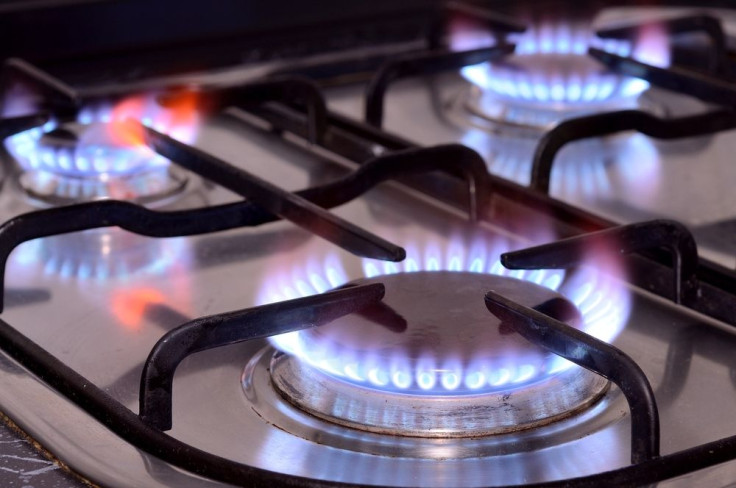Gas Stoves Linked To Asthma: Children Exposed To Fumes From Kitchen Stove May Develop Asthma Or Chronic Bronchitis Symptoms

Around 48 percent of American homes use a gas stove, which has been known to affect indoor air pollution levels, especially when the home is not equipped with a ventilation system. Along with the common cold and allergens, air pollutants are considered a major cause of asthma development. A recent study conducted at Oregon State University has revealed a link between gas kitchen stoves without ventilation and symptoms of childhood asthma.
"Asthma is one of the most common diseases in children living in the United States," Molly Kile, the study's lead author and environmental epidemiologist and assistant professor at OSU, said in a statement. "Reducing exposure to environmental factors that can exacerbate asthma can help improve the quality of life for people with this condition."
Kile and her colleagues gathered their data using the Third National Health and Nutrition Examination Survey taken by the National Center for Health Statistics between 1988 and 1994. Information included 7,300 children between the ages of 2 and 16 with asthma, wheezing, or bronchitis as well as parents who used gas stoves in their kitchen. Around 90 percent of parents reported that they did not use an exhaust system or any other type of ventilation system in their homes. The research team confirmed their findings would be relevant even today, considering most homes still come equipped with gas stoves.
After taking into account pets, cigarette smoke, and other asthma risk factors, results found that children who lived in homes that used a ventilation system, such as an exhaust fan, while cooking with a gas stove were 32 percent less likely to suffer from asthma compared to children who lived in homes without ventilation. These children were also 38 percent less likely to have bronchitis and 39 percent less likely to suffer from wheezing. Some parents admitted to using their gas stoves for heating. If homes used gas stoves for heating with ventilation children were 44 percent less likely to suffer from asthma and 43 percent less likely to have bronchitis.
"In homes where a gas stove was used without venting, the prevalence of asthma and wheezing is higher than in homes where a gas stove was used with ventilation," said Ellen Smit, an associate professor in the College of Public Health and Human Sciences at OSU and one of the study's authors. "Parents of all children should use ventilation while using a gas stove."
According to the American Academy of Allergy, Asthma, & Immunology, millions of children and their families are currently affected by childhood asthma. The majority of children affected by this chronic respiratory disease develop it before the age of 5. Asthmatic symptoms include wheezing, scratchy or whistling sound when breathing, shortness of breath, chest tightness or pain, chronic coughing, and trouble sleeping due to coughing or wheezing.
"Lots of older homes lack exhaust or other ventilation," said Eric Coker, a doctoral student in public health and a co-author of the study. "We know this is still a problem. We don't know if it is as prevalent as it was when the data was collected. More research is definitely needed, but we know using an effective ventilation system will reduce air pollution levels in a home, so we can definitely recommend that."
Source: Harding A, Molitor J, Sudakin D, Smit E, Coker E, Kile M. A cross-sectional study of the association between ventilation of gas stoves and chronic respiratory illness in U.S. children enrolled in NHANESIII. Environmental Health. 2014.



























